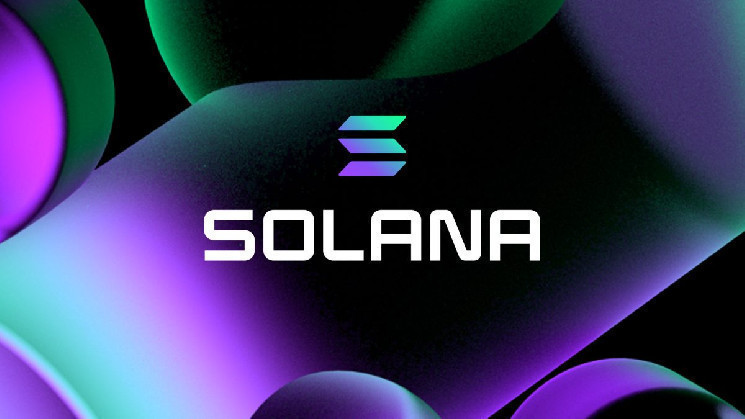Neon EVM is working on letting users pay transaction fees with tokens other than the platform’s native token NEON. This feature is currently live on testnet and it’s scheduled to go live on Neon EVM’s devnet in the coming weeks, with mainnet support expected in Q1 2024.
Neon is an Ethereum-based smart contract layer on Solana. The new feature give users transacting in Solana-based tokens, such as SOL, USDC and USDT, the option to pay transaction fees in the transacting token rather than its native NEON token, according to a statement. The Neon DAO will consider which additional tokens to support in the future.
The initiative also means users can bridge tokens from Ethereum to Solana for use in Neon EVM ecosystem dapps or services without requiring the NEON token, simplifying the user experience.
“We are very excited to introduce this significant enhancement to Neon EVM,” Neon Foundation director Marina Guryeva said in the statement. “This advancement reinforces our commitment to providing dapps with unparalleled flexibility and users with lower transaction costs and convenience.”
Solving the ’empty tank’ problem
Neon EVM’s multi-token transaction fee payments are designed to help address the common “empty tank” issue, where users may not be able to make outgoing transactions from their crypto wallets without first topping it up with a native token from another wallet to cover the transaction fees.
Furthermore, the update also allows dapps to cover the fees, enabling application providers to offer fee-free transactions as part of their service offerings.
Neon EVM went live in July, enabling developers to build Ethereum-native applications on Solana, offering further scaling opportunities via the high-speed blockchain. Neon’s implementation works as a smart contract built on top of Solana to deploy Ethereum Virtual Machine code — something not previously possible on the network.

